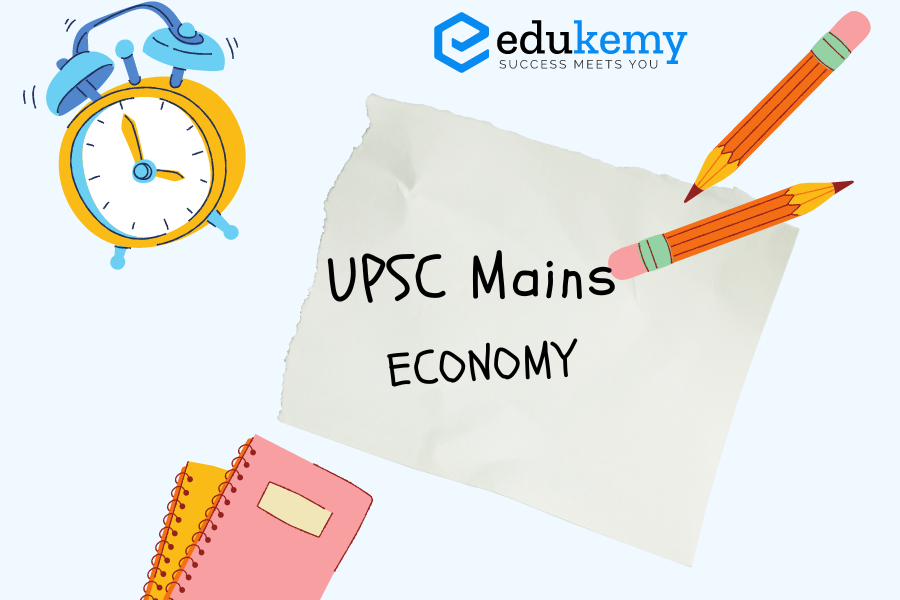
Introduction:
The Sustainable Development Goals (SDGs), endorsed by the United Nations in 2015, constitute a universal call to eradicate poverty, preserve the planet, and ensure global peace and prosperity by 2030. These 17 goals offer a comprehensive framework to address multifaceted challenges, encompassing poverty, inequality, climate change, and environmental degradation.
Body
Sustainable Development Goals:
- No Poverty: Ensuring equal access to ownership, essential services, technology, and economic resources, building resilience to disasters.
- Zero Hunger: Eradicating hunger, achieving food security, enhancing nutrition, and promoting sustainable agriculture.
- Good Health & Well-being: Ensuring universal well-being and promoting health across all life stages.
- Quality Education: Securing inclusive, equitable, and high-quality education, encouraging lifelong learning.
- Gender Equality: Achieving gender parity and empowering all women and girls.
- Clean Water and Sanitation: Guaranteeing accessible and sustainable water and sanitation management for all.
- Affordable and Clean Energy: Providing affordable, dependable, sustainable, and modern energy access to everyone.
- Decent Work and Economic Growth: Fostering sustained, inclusive, and sustainable economic development, full employment, and adequate work opportunities.
- Industry, Innovation, and Infrastructure: Constructing resilient infrastructure, advancing inclusive and sustainable industrialization, and stimulating innovation.
- Reduced Inequality: Diminishing inequalities within and among nations.
- Sustainable Cities and Communities: Transforming cities and human habitats into inclusive, secure, resilient, and sustainable environments.
- Responsible Consumption and Production: Ensuring sustainable consumption and production behaviors.
- Climate Action: Implementing urgent measures to combat climate change and its consequences.
- Life Below Water: Preserving and sustainably using oceans, seas, and marine resources.
- Life on Land: Safeguarding, restoring, and sustainably utilizing terrestrial ecosystems, combating desertification, preventing land degradation, and halting biodiversity decline.
- Peace, Justice, and Strong Institutions: Promoting peaceful, inclusive societies, providing equal access to justice, and establishing effective, accountable, and inclusive institutions.
- Partnership for the Goals: Strengthening the means of implementation and rejuvenating global partnerships to support sustainable development.
Role of Technology in Achieving SDGs in India:
- Poverty Alleviation (SDG 1): Technology-driven financial inclusion and digital payment systems have uplifted impoverished populations, fostering easier access to financial resources.
- Quality Education (SDG 4): E-learning platforms and digital classrooms are expanding access to quality education, bridging the education gap in remote areas.
- Healthcare (SDG 3): Telemedicine, wearable health tech, and data analytics are transforming healthcare, and increasing accessibility, even in rural areas.
- Clean Water and Sanitation (SDG 6): Sensor-based water quality monitoring and purification technologies ensure clean water access, essential in addressing waterborne diseases.
- Sustainable Cities and Communities (SDG 11): Smart city technologies enhance urban planning, transportation, and resource management.
Role of Renewable Energy in Achieving SDGs in India:
- Affordable and Clean Energy (SDG 7): India’s National Solar Mission has boosted clean energy access, promoting affordability and cleanliness.
- Climate Action (SDG 13): India’s shift to renewables, including solar and wind power, aids in curbing greenhouse gas emissions.
- Industry, Innovation, and Infrastructure (SDG 9): Renewable energy projects drive innovation, and stimulate infrastructure development, job creation, and sustainable industrialization.
- Life on Land (SDG 15): Using renewable energy in agriculture reduces the carbon footprint, supporting sustainable farming practices.
Challenges:
- Funding and Investment: Insufficient funding and investment can hinder the rapid adoption of sustainable technologies.
- Infrastructure and Grid Integration: Reliable grid systems and advanced grid management for renewable energy integration can be challenging.
- Technological Gaps: Technology gaps, especially in remote areas, can hinder the widespread adoption of sustainable tech.
- Environmental Impact: Renewable energy projects can impact ecosystems and land use, requiring careful management.
Way forward:
- Establish a global common focus for sustainable development respecting diversity.
- Developed nations should shift production and consumption patterns, reduce fossil fuel and plastic use, and invest in alignment with the SDGs.
- Safeguard environmental commons through collaboration, ensuring conservation, restoration, and sustainable use.
- Transform the food system by addressing infrastructure, cultural norms, and policies supporting current unsustainable practices.
- Demand a deeper, faster, and more ambitious response to achieve the 2030 goals for social and economic transformation.
- Create an optimistic future by fundamentally changing development policies, incentives, and actions.
Conclusion:
As India continues to leverage technology and renewable energy, it moves closer to a more sustainable, inclusive, and prosperous future while significantly contributing to the global SDGs agenda.
In case you still have your doubts, contact us on 9811333901.
For UPSC Prelims Resources, Click here
For Daily Updates and Study Material:
Join our Telegram Channel – Edukemy for IAS
- 1. Learn through Videos – here
- 2. Be Exam Ready by Practicing Daily MCQs – here
- 3. Daily Newsletter – Get all your Current Affairs Covered – here
- 4. Mains Answer Writing Practice – here

